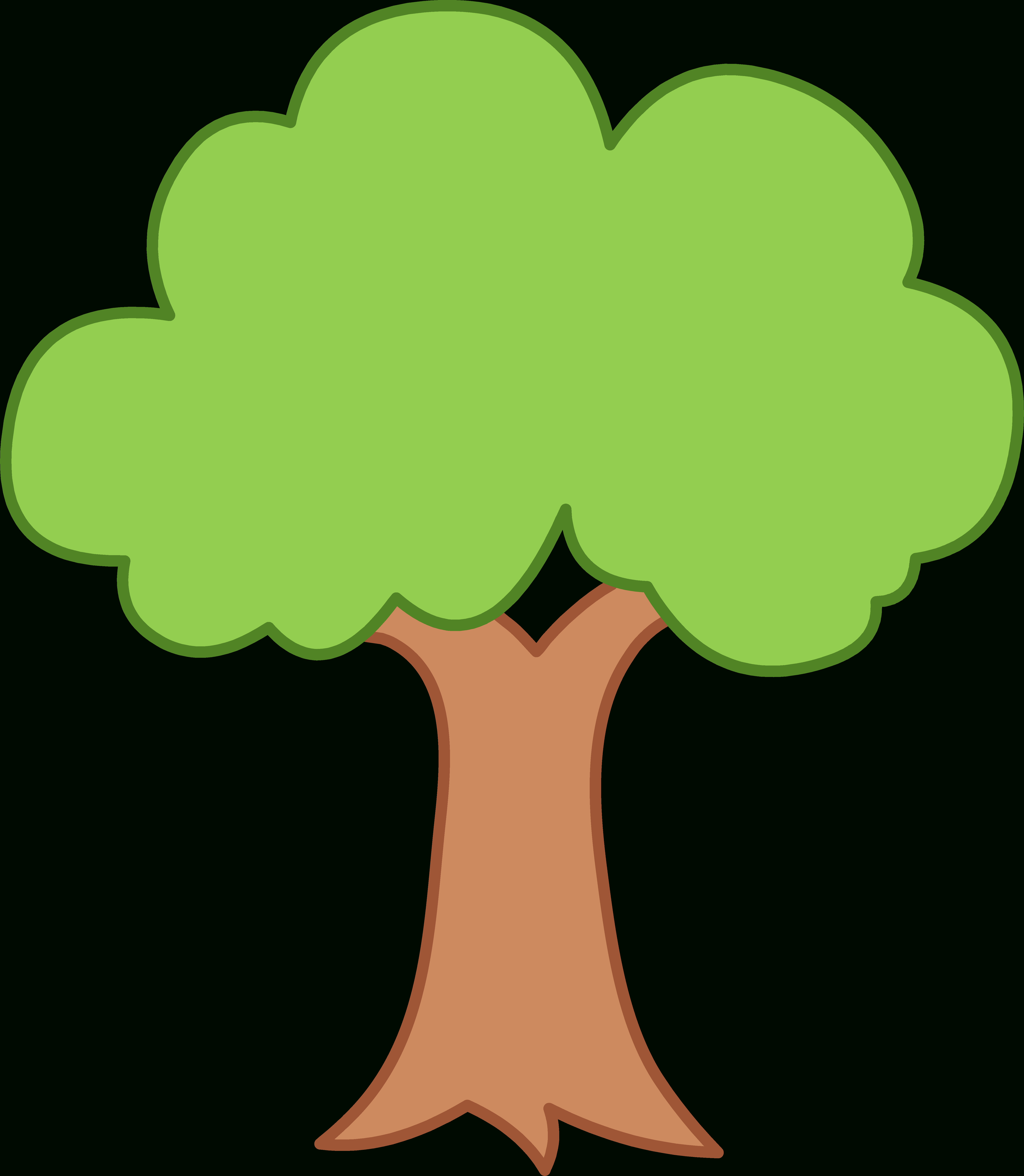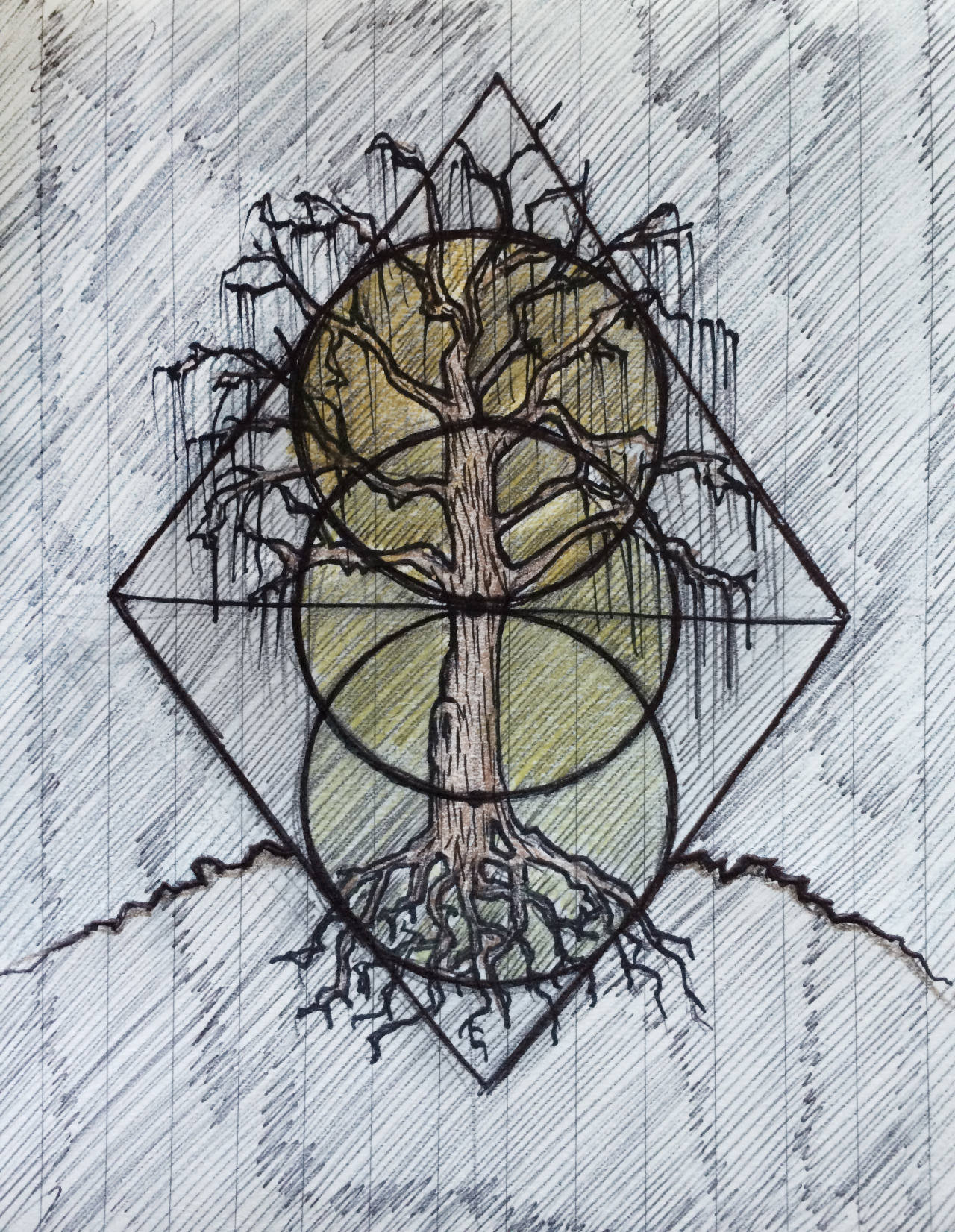

We recommend to persistify objects rather than composite leaflists. you will not be able to read it back on a platform with a different padding strategy). Any other order will result in a non-portable TTree (i.e.

Tree sketch 64 Bit#
Tree sketch 32 bit#

Making several branches is particularly interesting in the data analysis phase, when it is desirable to have a high reading rate and not all columns are equally interesting The ROOT user can decide to make one single branch and serialize one object into one single I/O buffer or to make several branches. Branches may be written to different files (see TBranch::SetFile). A branch buffer is automatically compressed if the file compression attribute is set (default). Variables of one branch are written to the same buffer. Such buffers are automatically written to disk or kept in memory until the size stored in the attribute fMaxVirtualSize is reached. Behind each branch, buffers are allocated automatically by ROOT.
Tree sketch series#
This can be created with light watercolor or a paper smudging tool on graphite.Ĭlick in the first image in the series to begin a step-by-step tutorial.Any C++ type can be stored in its columns.Ī TTree, often called in jargon tree, consists of a list of independent columns or branches, represented by the TBranch class. How do you draw all those fine little branches? I don’t! Instead try using an area of light tone in the areas of the densest small twigs.This gives you the shape of the crown, a critical detail to represent individual species. Look for the major branch units of the tree and show this structure by drawing a light arch above each unit and drawing down from there.Make sure to enlarge the trunk as you descend. Observe the angles at which the smaller branches connect to each other and to the major trunk. Begin drawing from the top down, connecting smaller branches to larger ones.What makes it different from the other trees around it? Attend to the size and locations of the major branch units or clumps of the tree. Describe the shape of the tree before you out loud. Adapt these ideas to the real tree shapes before you. No step-by-step can replace the value of real observation but armed with a few tricks, you will be better able to draw what you see. Each species has a characteristic form primarily described by crown shape and branch angles. Without leaves, deciduous trees reveal their distinct architecture.
Tree sketch how to#
Just in time for spring, a lesson on how to draw trees in winter!


 0 kommentar(er)
0 kommentar(er)
